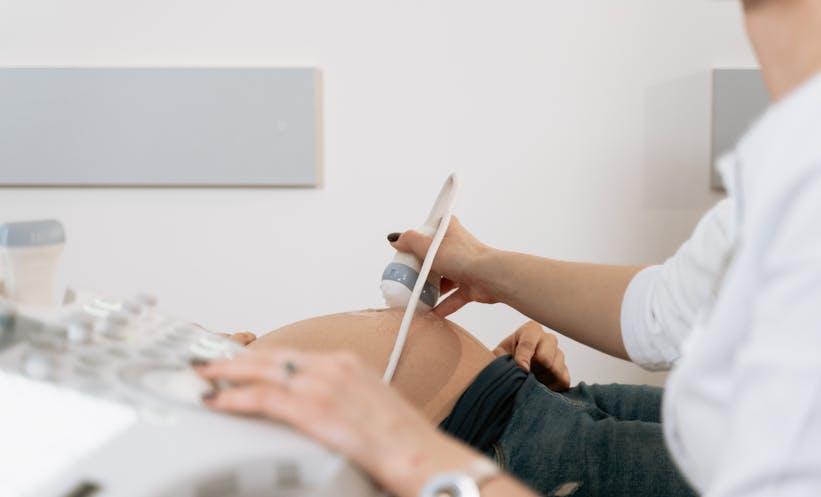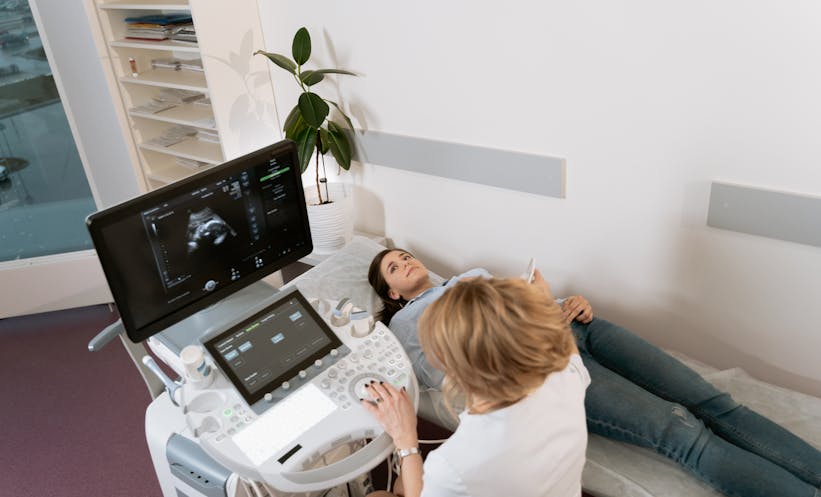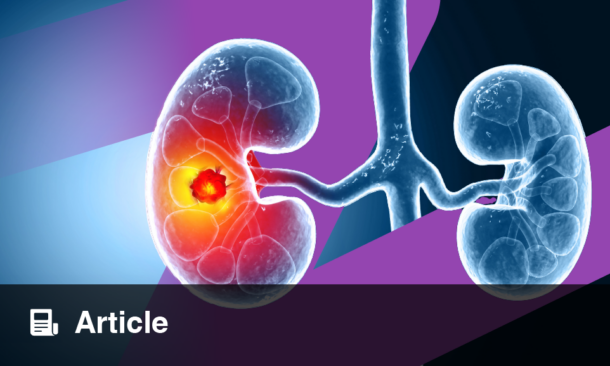PERONEAL tendon instability is a frequently overlooked yet significant cause of chronic lateral ankle pain, often mistaken for lateral ligament injuries. A thorough understanding of its anatomical and pathophysiological foundations is essential for accurate diagnosis and appropriate management. Dynamic ultrasound (US) has emerged as a superior diagnostic tool, enabling real-time visualisation of tendon subluxation and dislocation during stress manoeuvres, according to recent research presented at ECR 2025.
Understanding Peroneal Tendon Instability
Peroneal tendon instability can be broadly classified into intra-sheath subluxation and extra-sheath dislocation. Intra-sheath subluxation occurs without injury to the superior peroneal retinaculum (SPR), while extra-sheath dislocation involves retinacular compromise, allowing the tendons to move anteriorly over the lateral malleolus. Each category has unique subtypes that must be recognised for precise diagnosis and treatment.
The peroneal tendons, comprising the peroneus longus (PL) and peroneus brevis (PB), serve as dynamic stabilisers of the ankle. These tendons pass through the retromalleolar groove, where the SPR stabilises them. Various anatomical variations, such as a flat or convex retromalleolar groove, a low-lying PB muscle belly, and the presence of a peroneus quartus muscle, can predispose individuals to instability by altering tendon dynamics.
The Role of Dynamic Ultrasound in Diagnosis
Unlike static imaging modalities such as MRI, dynamic US allows clinicians to assess peroneal tendon instability in motion. Key dynamic manoeuvres, including resisted dorsiflexion and eversion, facilitate the identification of subluxation patterns.
- Intra-sheath subluxation is marked by abnormal movement of the peroneal tendons within the retromalleolar groove without SPR rupture.
- Extra-sheath dislocation, commonly linked to SPR tears, presents with anterior displacement of the tendons.
Dynamic US findings include:
- Real-time assessment of tendon motion.
- Identification of anatomical variants contributing to instability.
- Detection of longitudinal tendon tears, stenosis, and SPR integrity.
Clinical Implications and Treatment Strategies
Early diagnosis of peroneal tendon instability is vital to prevent mismanagement. While mild intra-sheath subluxations can be managed conservatively, extra-sheath dislocations often necessitate surgical intervention, especially in chronic cases. Dynamic US ensures tailored treatment, reducing long-term complications and optimising patient outcomes.
With its ability to capture real-time tendon behaviour, dynamic ultrasound is revolutionising the evaluation and management of peroneal tendon instability, setting a new standard in musculoskeletal imaging.
Reference
Serrano G et al. Advanced dynamic ultrasound techniques for precise diagnosis of peroneal tendon instability. Poster C-22474. ECR, 26 February-02 March, 2025.








